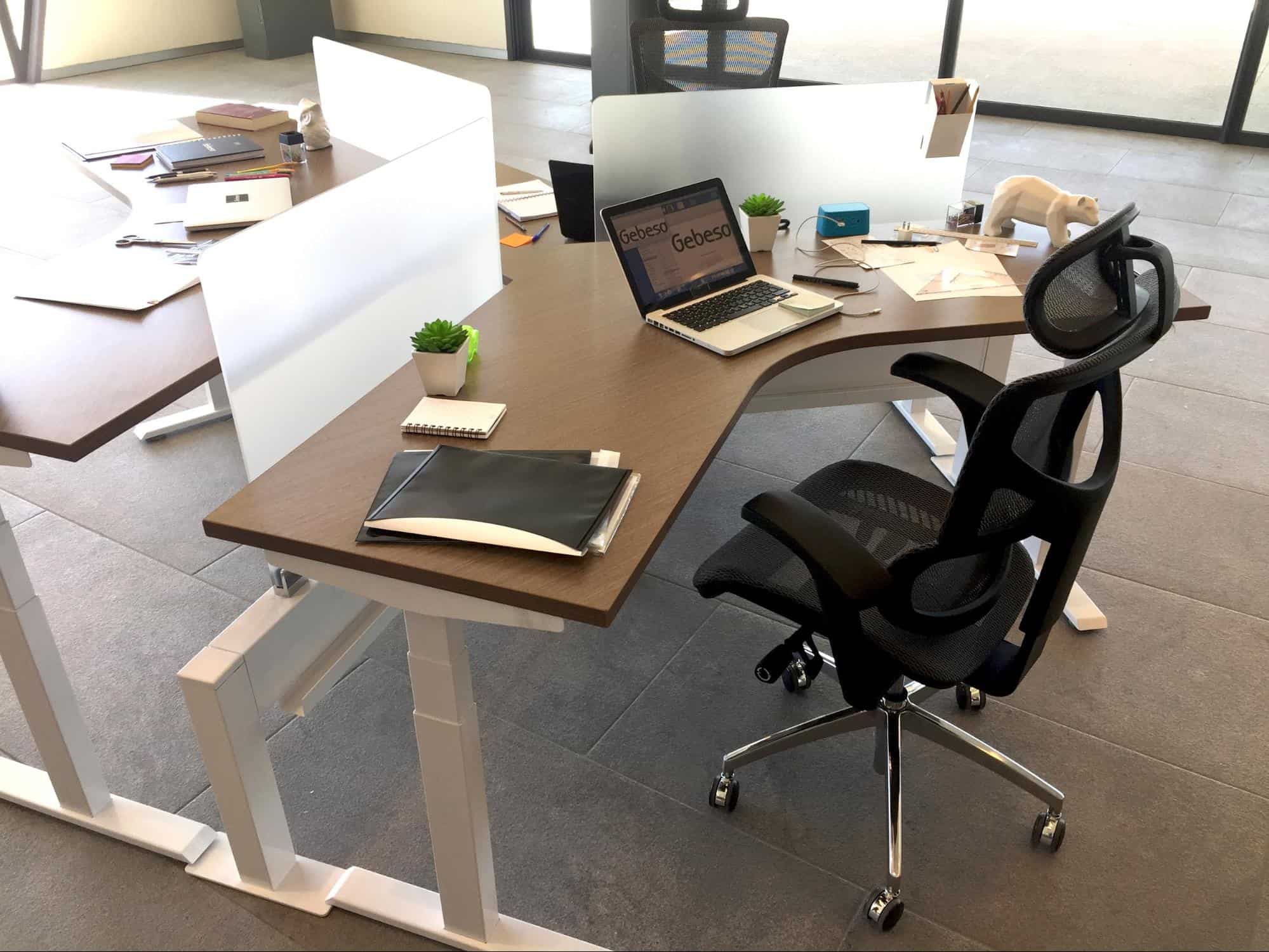Whether studying or working, we spend a significant amount of time sitting at a desk. This has a direct impact on our bodies, causing discomfort, poor posture, and strain on the neck, eyes, and back.
The furniture design industry has responded to these concerns with the ergonomic trend, which prioritizes health and well-being by focusing on human anatomy.
Beyond office desks and chairs, the market also offers armchairs and couches, allowing customers to take advantage of ergonomic furniture not only in the workplace but also in their living rooms. If you already have a fully functional ergonomic sofa that lacks style, consider an IKEA couch cover replacement instead of splurging on a new one – don’t let its benefits go to waste!
Historical Overview: The Origins of Ergonomic Design
Ergonomic furniture design has been around for as long as chairs with backrests have existed. The concept originated from the understanding of the need to support the back during extended periods of sitting.

However, it wasn’t until the boom of office work that people truly recognized the impact of furniture on productivity, as many workers struggled with uncomfortable seats. This led to the creation of the first acclaimed ergonomic chair with an adjustable back and seat, made in 1968 by a German designer, Wilfred Dauphin.
Key Features of Ergonomic Furniture and Their Benefits
Rather than prioritizing visual appeal, the primary goals of ergonomic furniture are human comfort and overall well-being. To achieve this, designers adhere to certain principles, such as:
- Adjustability. Ergonomic furniture design is all about adaptability, allowing people to personalize their furniture by changing the seat height, backrest angle, and footrest position to suit their body size, posture, and preferences.
- Support. Another typical feature in ergonomic furniture designs is lumbar support elements, which prevent slouching and reduce back pain by maintaining the natural curve of the spine.
- Mobility. Comfort is also about having an accessible workspace. That’s why ergonomic furniture often comes with swivel bases and smooth-running casters, allowing users to move and rotate freely without having to leave their seats.
The Influence of Technology on Ergonomic Furniture Designs
Ergonomic furniture design constantly evolves, integrating new features, smart materials, and advanced technologies.

Nowadays, built-in massage functions, integrated charging stations, adjustable controls via mobile apps, memory foam cushions, or sensor displays no longer surprise anyone. It’s also foreseeable that soon, furniture will incorporate individual data and health parameters, pushing the boundaries of comfort even further.
Evaluating Ergonomic Furniture: A Buyer’s Guide
Furniture designed with an ergonomic approach is undoubtedly a great investment. However, choosing from such a vast range of options available can be a bit tricky. To make the selection process easier, consider the following factors:
- Understand your needs. Choose furniture that suits your height, body type, and posture. Give it a test drive before purchasing: sit, rotate, stretch, and see if it meets your desired comfort level. Additionally, determine if features such as cushioned support or footrests align with your personal preferences. While these elements may be crucial for some, others might find them unnecessary.
- Check customer reviews. The modern world offers many perks, including the ability to compare furniture models online, read user feedback, and see how pieces look in real-life interiors. To find the perfect fit, become your detective: research, ask questions, and don’t settle until you’re confident in your choice.
- Consider the visual part. Finding the perfect furniture piece is like finding the right outfit – it should match in style and size! Imagine a bulky chair in a cramped room or a sleek, modern armchair mismatched with a rustic interior. Measure and visualize before you buy to avoid disrupting the room’s harmony.
- Assess your budget. While ergonomic furniture can vary in price, remember that you’re investing in your comfort. Explore different options, set a budget, and prioritize features that suit your body and work style. Don’t get swayed by unnecessary bells and whistles – quality, durability, and functionality are what matter.
From top-notch desks to cozy armchairs, ergonomic furniture comes in various shapes, sizes, and price tags. Yet there’s one thing that unites them: a focus on human well-being. Whether it’s for work or leisure, choosing ergonomic furniture is an investment in your health and comfort. Just choose the option that corresponds to your needs, budget, and preferences, and you’ll be sure to find satisfaction with your decision!





